Overcoming Money Blind Spots
Blind spots, in the realm of investing, can be likened to the unnoticed smudges on a pair of glasses. They obscure a clear view of reality, but can easily go unnoticed. In the world of finance, this can have costly implications.
3 Sample Scenarios
Overconfidence in One Sector
Imagine Sarah, an IT executive. She’s tech-savvy and feels very confident investing in the tech sector. She sees the potential in every new startup, understands the nuances of emerging technologies, and believes fervently in a tech-dominated future. Because of this, Sarah’s portfolio is overly weighted in tech stocks. While she might understand the industry, she may have placed herself at risk if there’s a downturn in the tech sector. Sarah’s blind spot is an over-reliance on what she knows and loves.
Failing to Diversify Assets
Similarly, James, a loyal, long-term employee of a publicly traded company, may hold a significant portion of his investments in his company’s stock. It might seem like a good strategy, given that he believes in the company’s mission and its potential. Yet, objectively, he may be exposed to high risk if that one company faces a headwind. His blind spot is the deep-seated belief that his company stock is the right choice when diversification likely makes more sense.
Letting Emotions Guide All Your Investments
Ava, a dedicated environmentalist, heavily invests in green companies. Her passion for sustainability guides her choices. However, her portfolio may be at risk due to its lack of diversification. While she believes in the potential of green energy, the industry is prone to market fluctuations and technological shifts. Ava’s blind spot is her emotional attachment to the cause, potentially overshadowing a well-rounded investment strategy.
Ways to Improve Your Investment Portfolio
Managing these blind spots can be challenging, but here are a few steps you can take:
- Diversify Your Portfolio: Avoid putting all your eggs in one basket. Diversification helps to spread risk across different types of investments. Even if you have a strong belief in a particular sector or company, it’s essential to have a mix of assets to cushion against potential downturns.
- Seek Professional Guidance: Just as an athlete might benefit from a coach, investors can gain perspective from financial professionals. These professionals can provide an objective view of your investments, helping you identify areas of risk and suggesting ways to optimize returns.
- Regularly Review Your Investments: Financial markets and industries evolve. What might have been a good investment a few years ago might not be the case today. Regularly reviewing and adjusting your portfolio ensures it aligns with your current financial goals and market conditions.
- Separate Emotions from Investing: It’s natural to have emotional attachments, like Ava’s passion for sustainability. However, investment decisions should be based on sound financial principles and not solely on emotions. It’s essential to strike a balance between personal beliefs and financial prudence.
- Educate Yourself: Continuously educate yourself about the financial markets, emerging trends, and investment strategies. The more informed you are, the better equipped you’ll be to recognize and address any blind spots in your investment approach.
Keep in mind that emotional resistance often comes when confronting our blind spots. Just like someone might be surprised to find out they’ve been running “incorrectly” all their life, an investor might feel a sting of pride when it’s pointed out that their stock picks aren’t as savvy as they thought.
In reality, everyone has blind spots, not just in investing but in various facets of life. They shape our choices, often without our realization. By acknowledging their existence, seeking external guidance, and being open to feedback, we can navigate the treacherous waters of the investment world with a clearer vision. After all, the goal is not just to invest but to do so wisely and efficiently. Book a meeting with our team to see how we can help spot potential blind spots.

